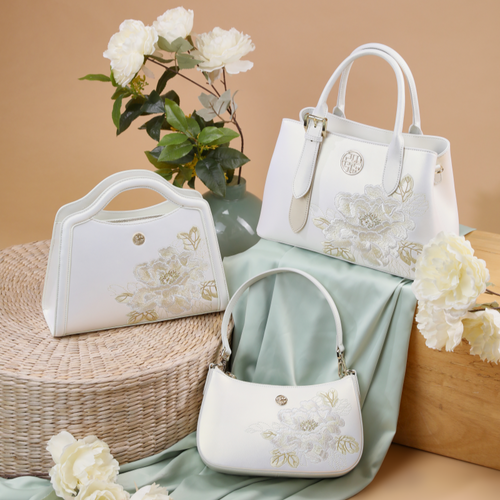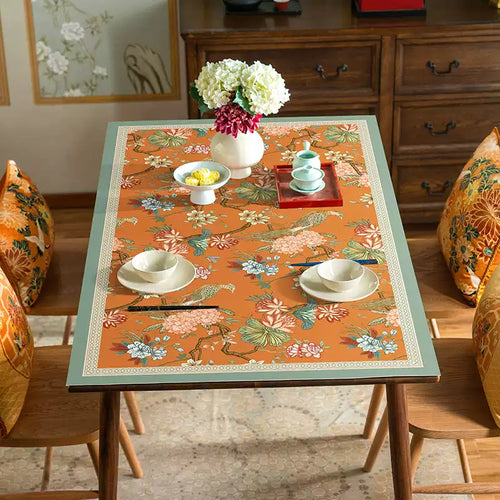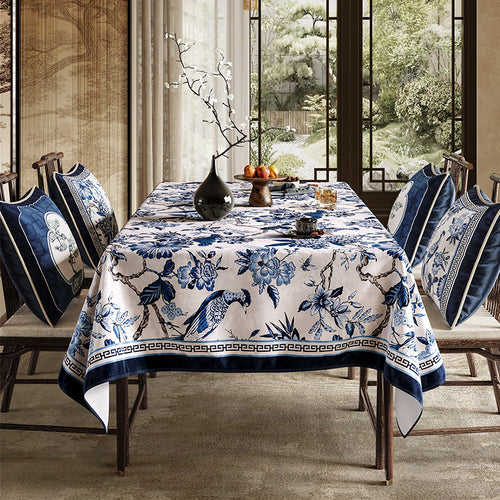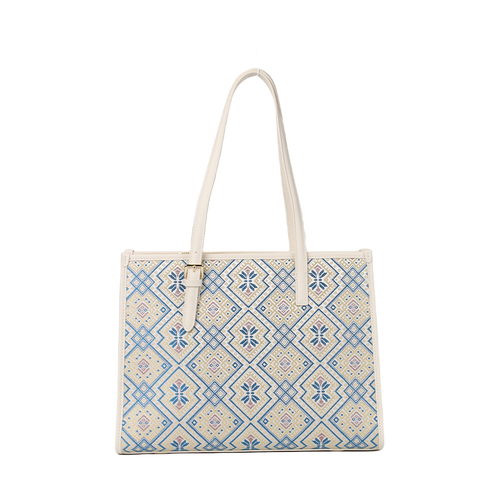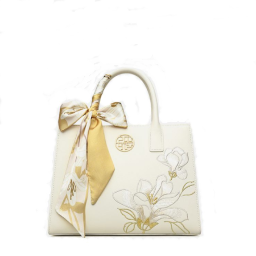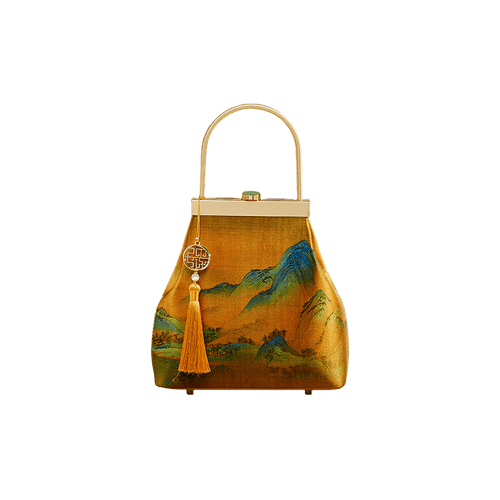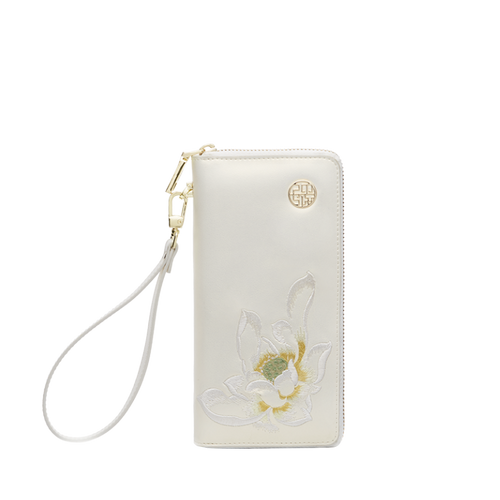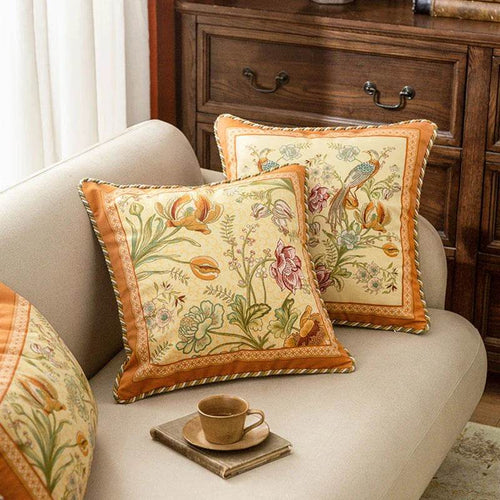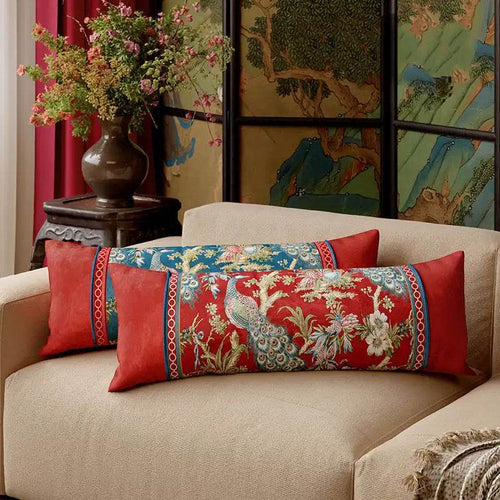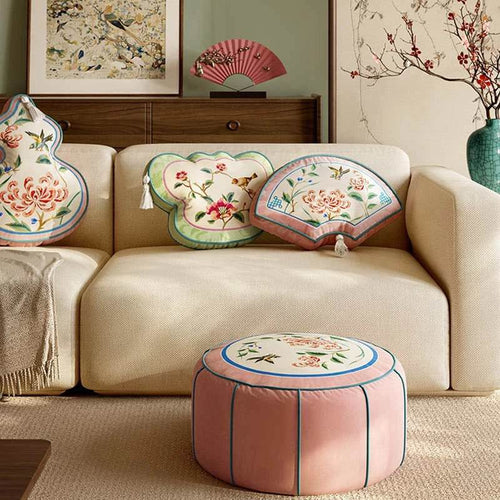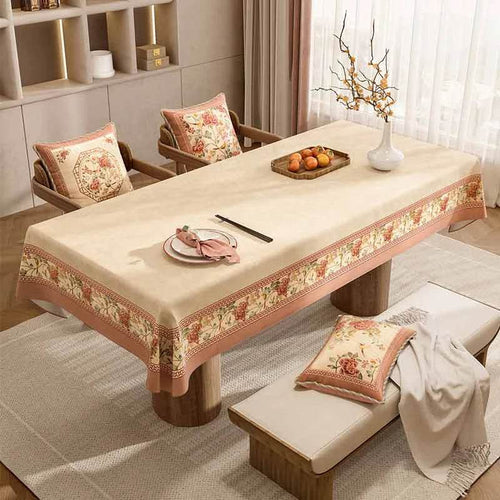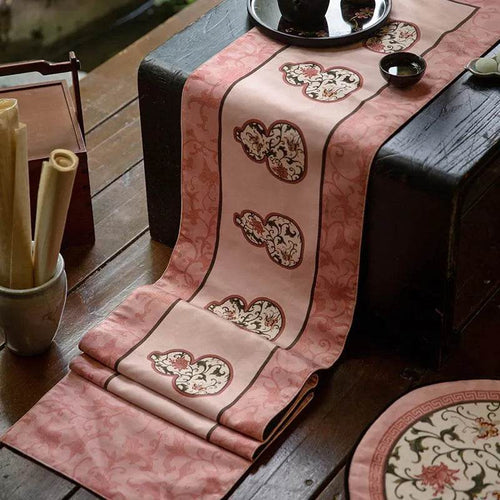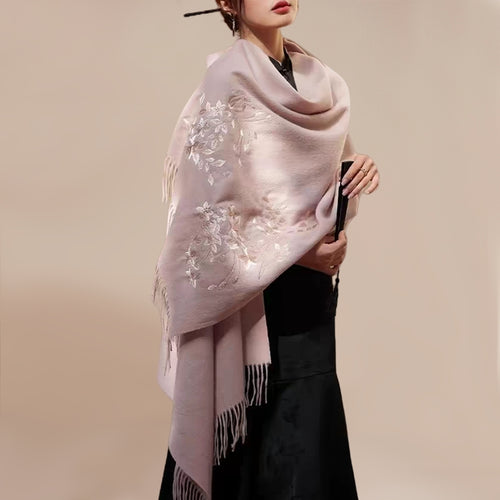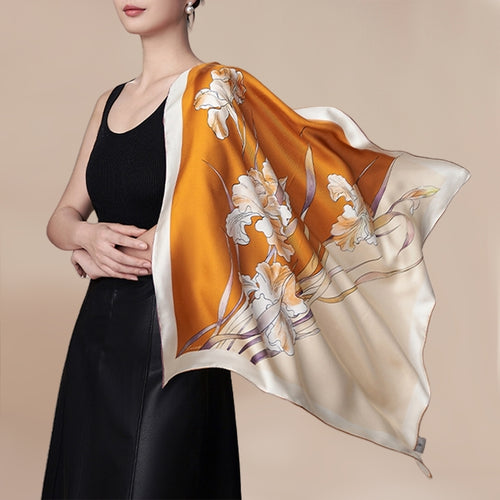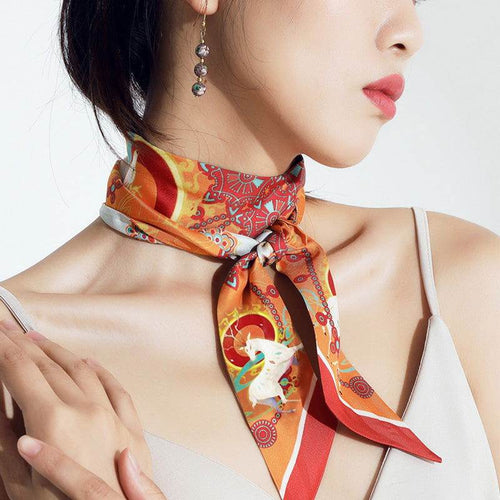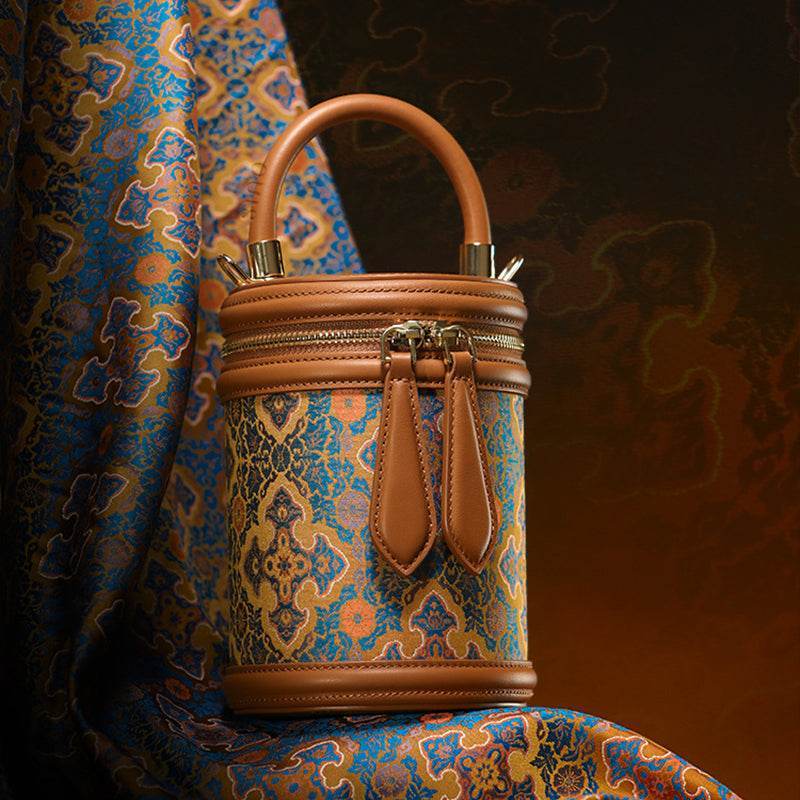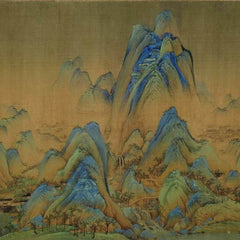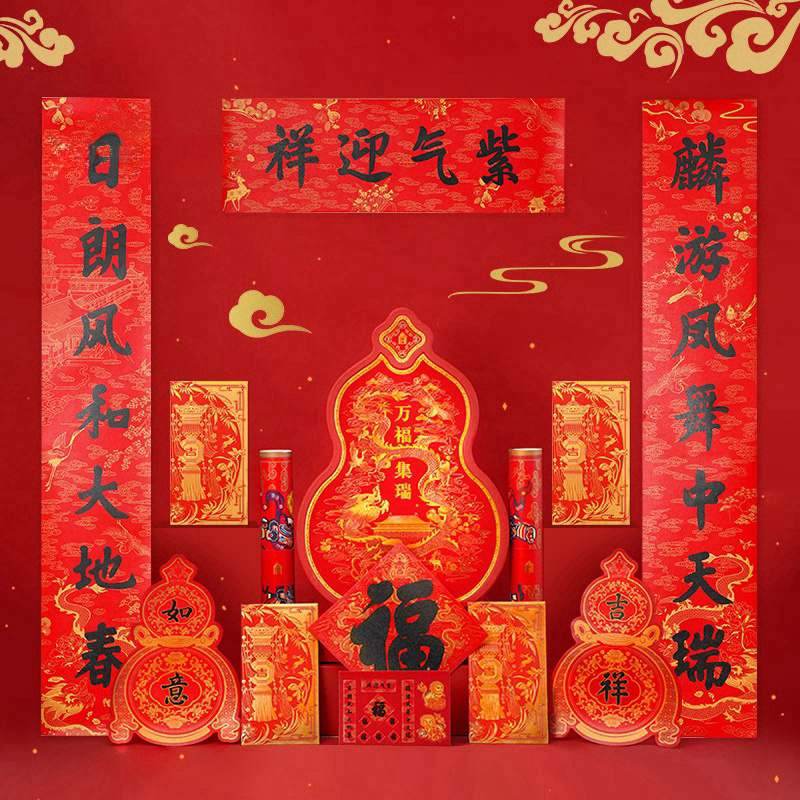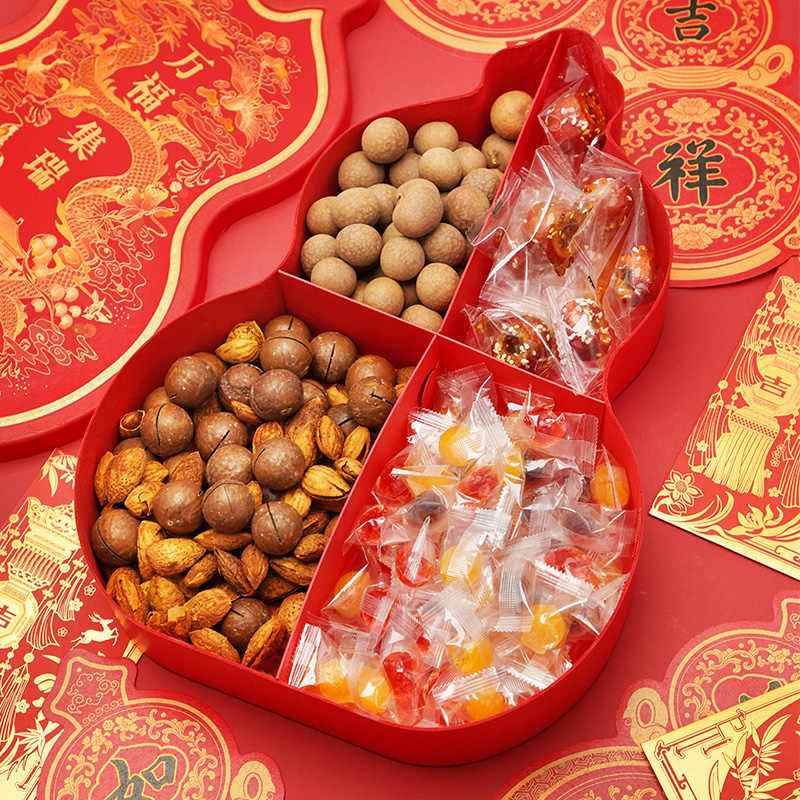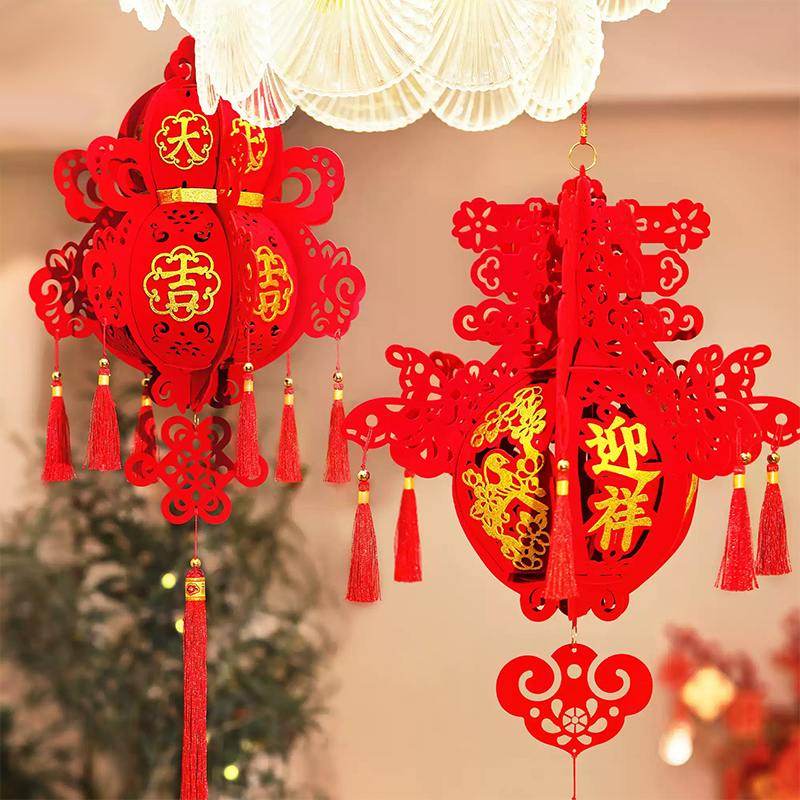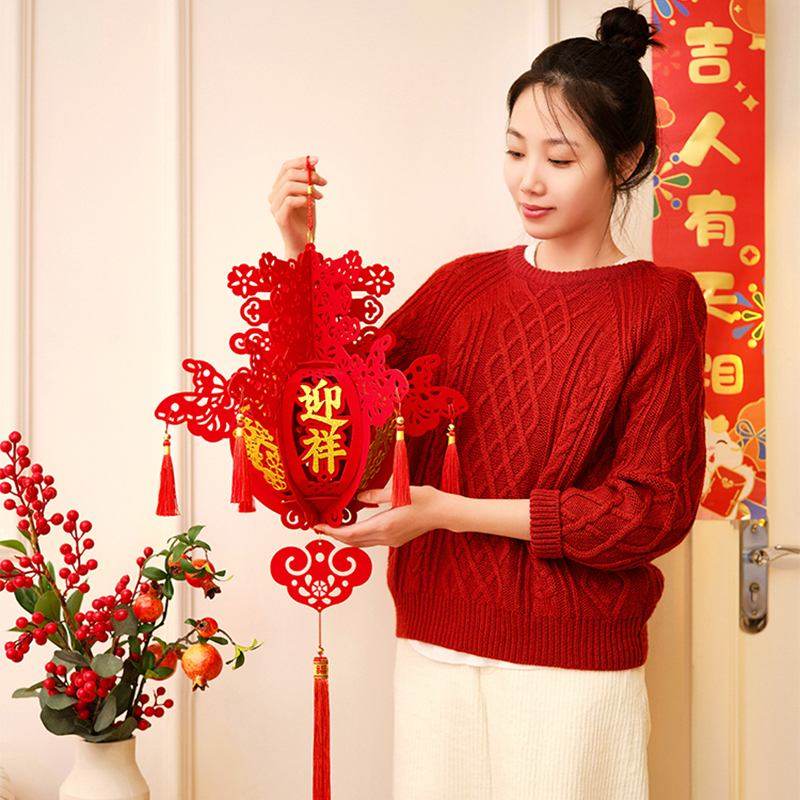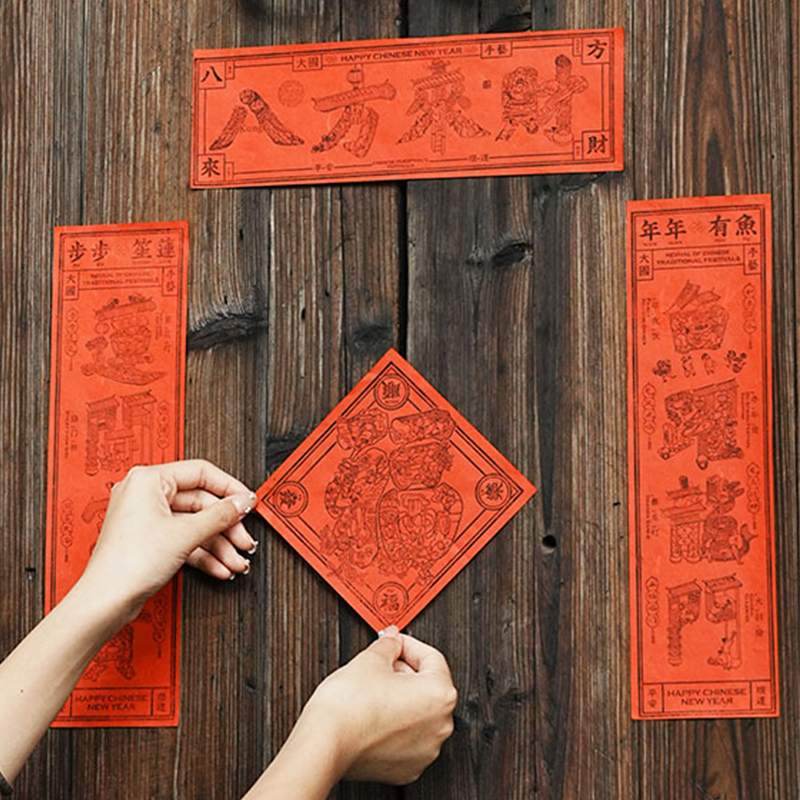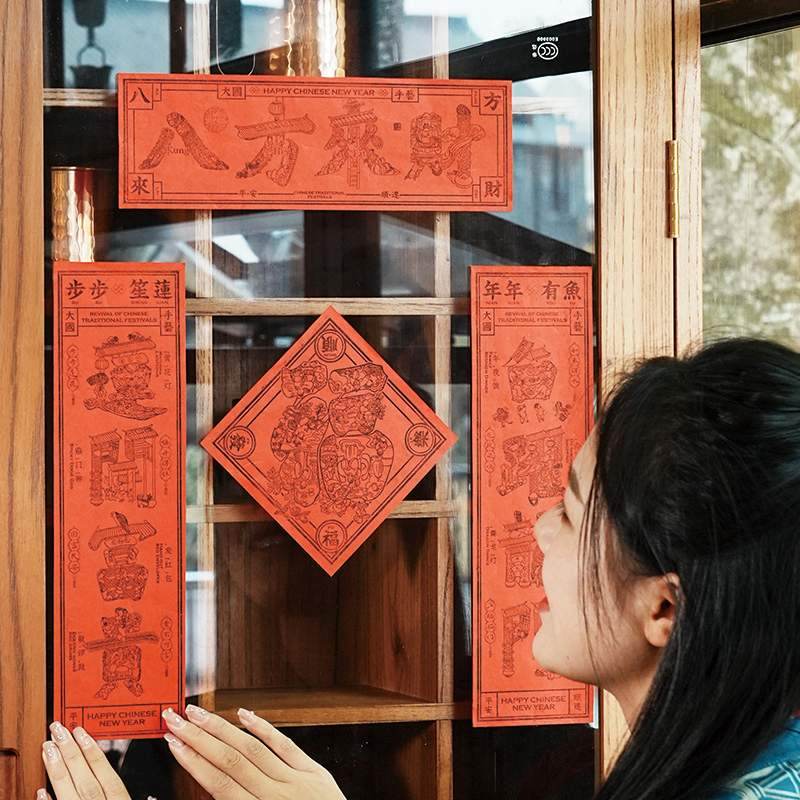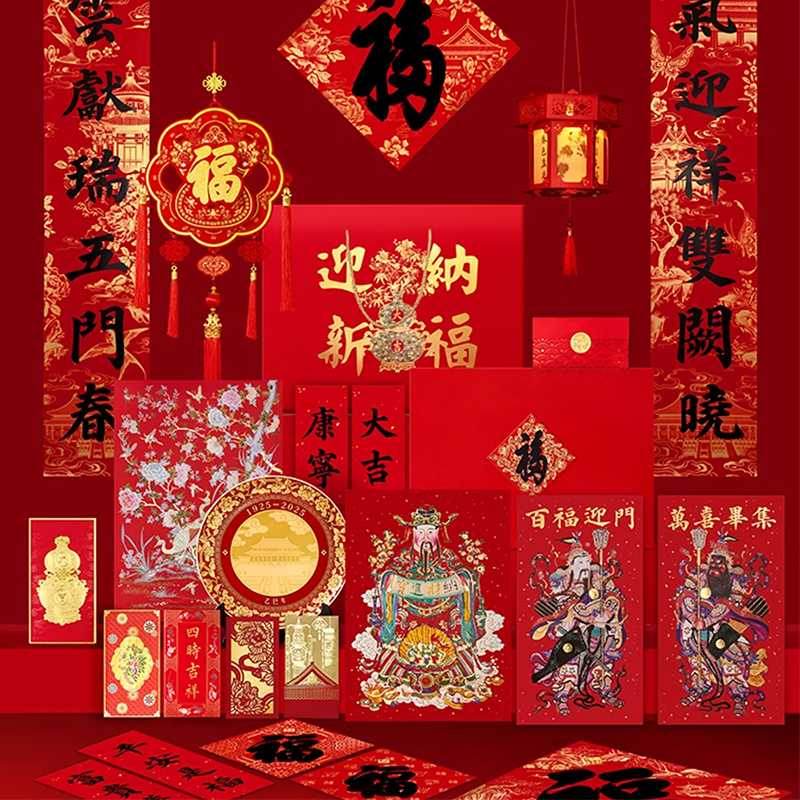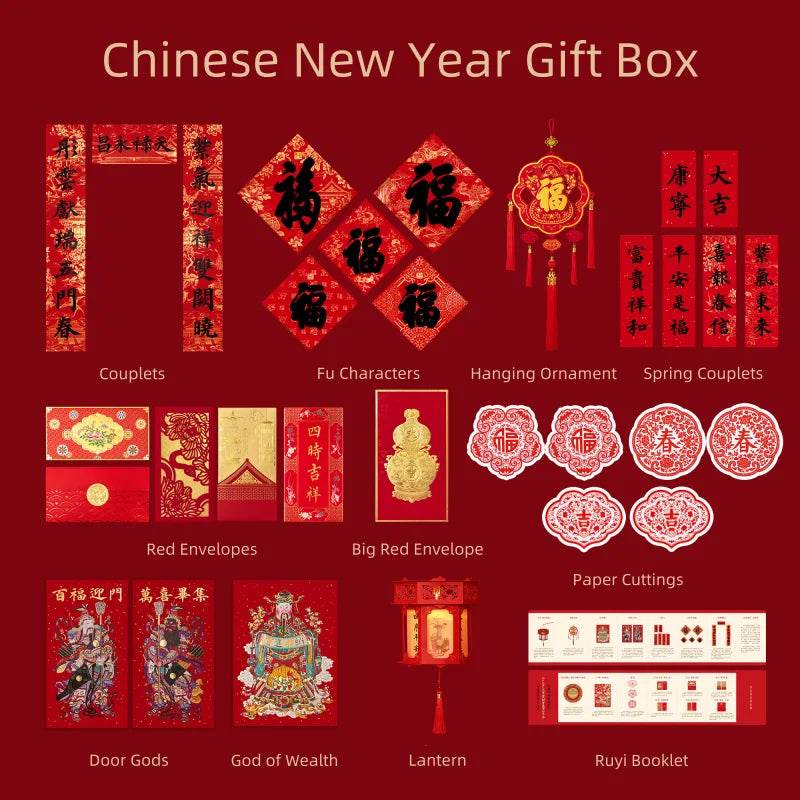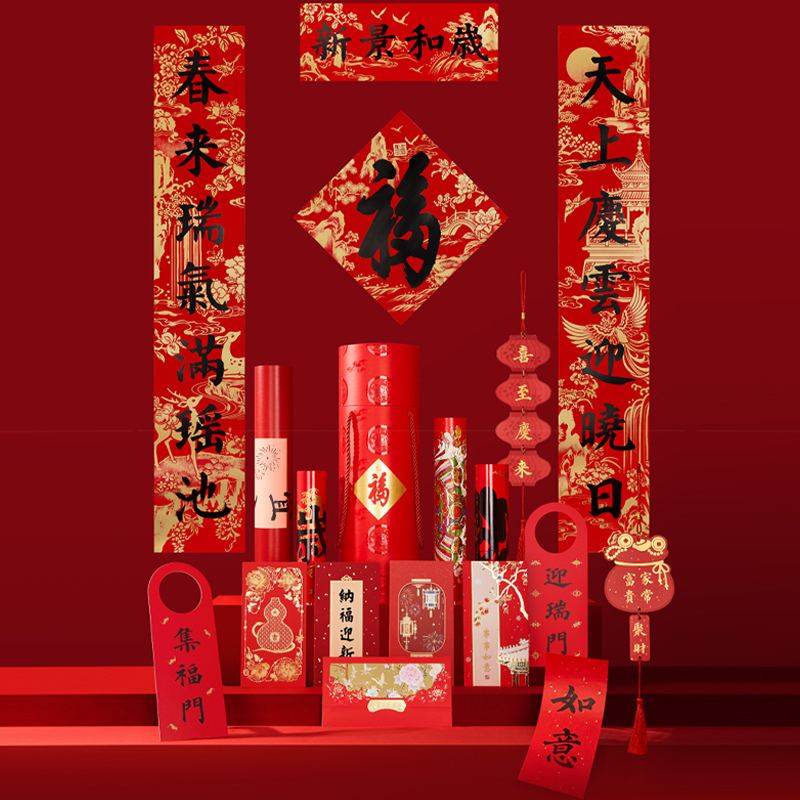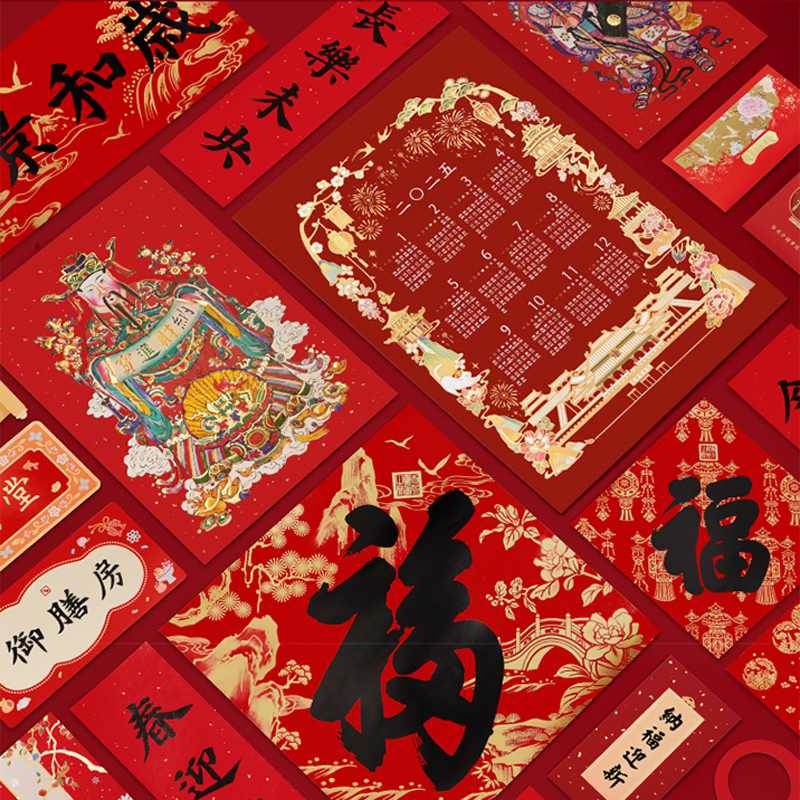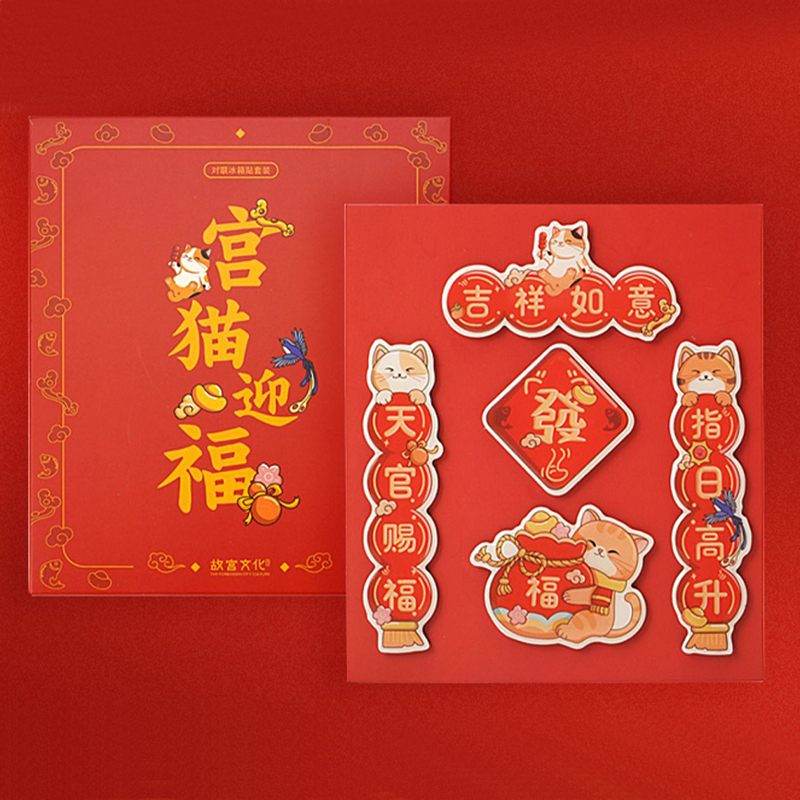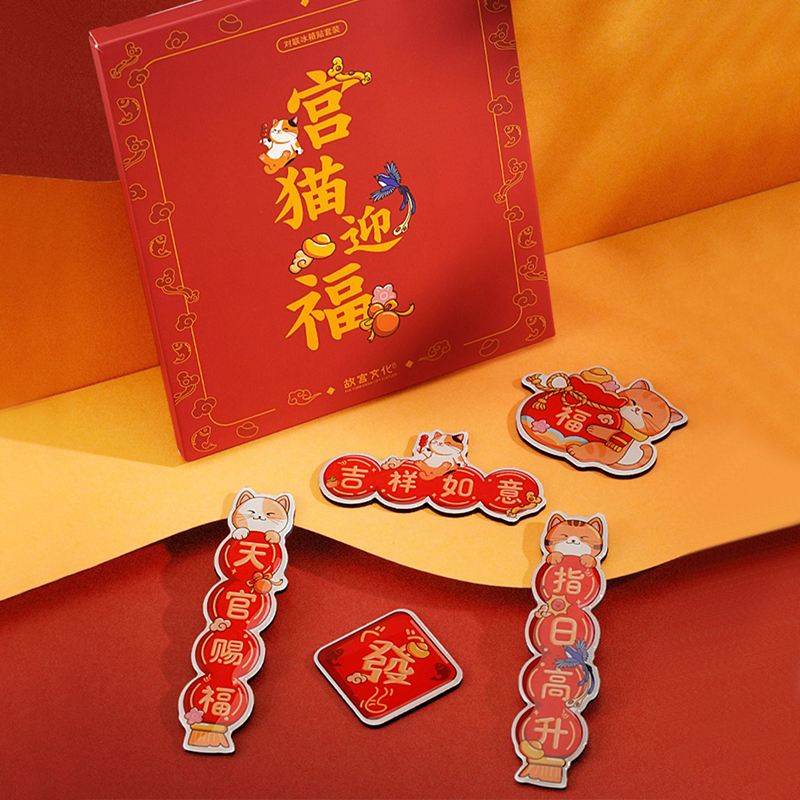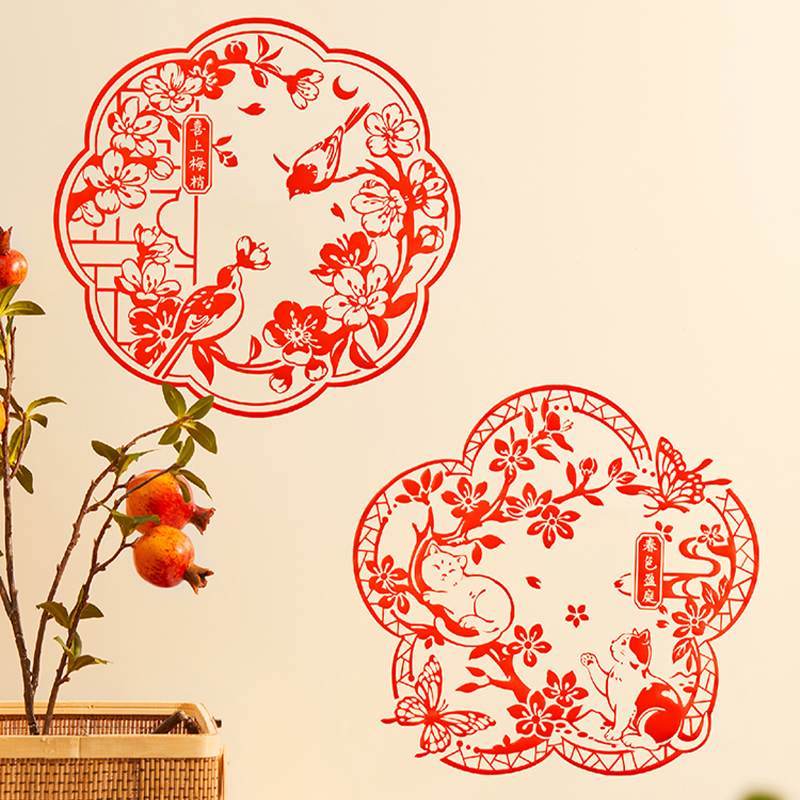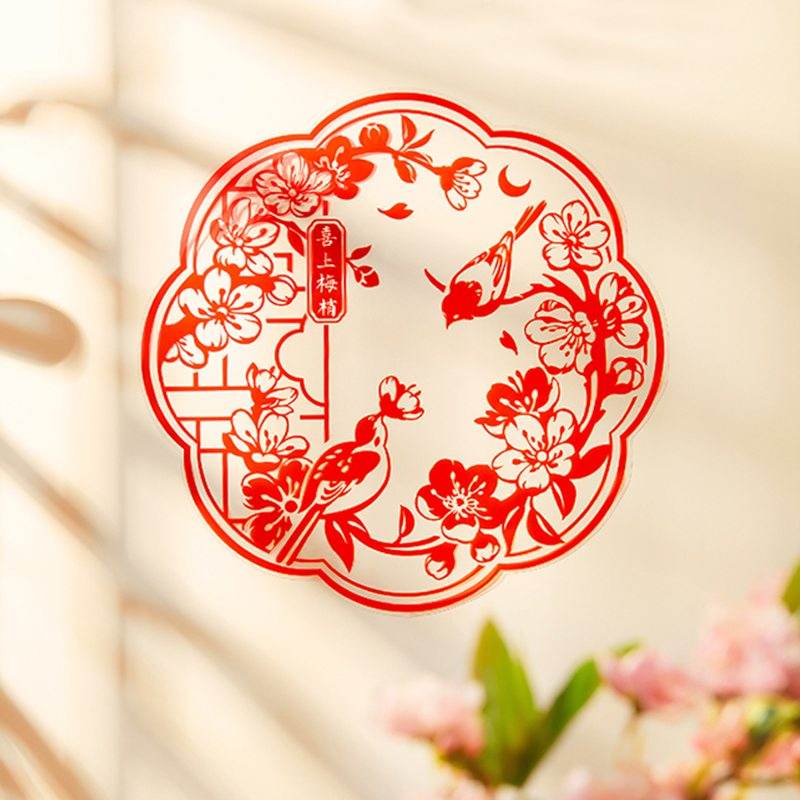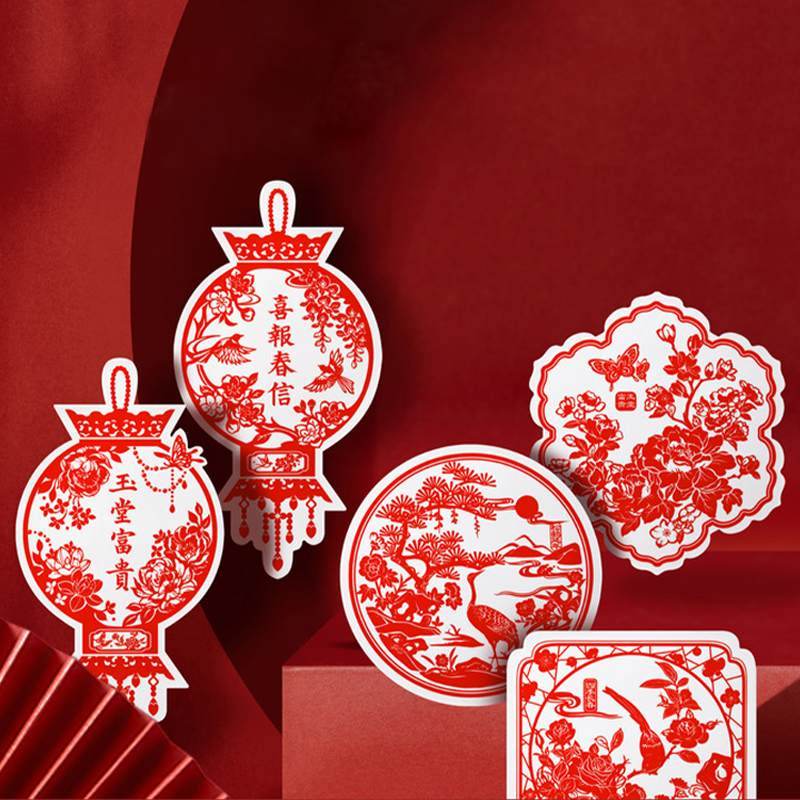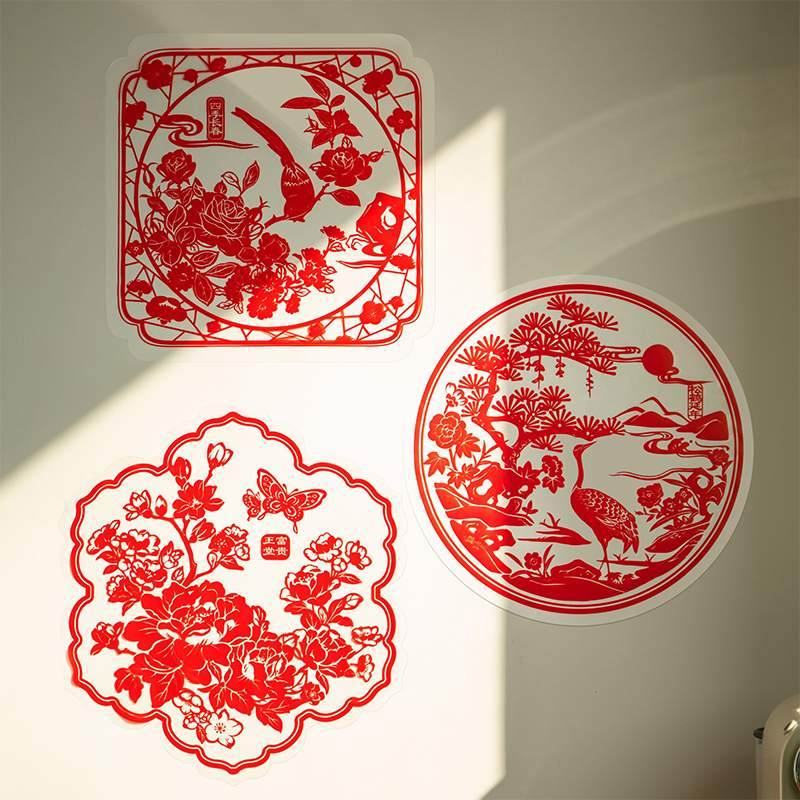When it comes to celebrating Chinese New Year, the vibrant traditions and artistic expressions are as essential as the family gatherings and festive feasts. Among these, intangible cultural heritage (ICH) handicrafts like paper cutting, Chinese New Year paintings, and lantern-making hold a special place in the hearts of people. These crafts, passed down through generations, not only add beauty and color to the season but also reflect the deep cultural heritage and symbolism of Chinese traditions.

Paper Cutting: The Art of Intricate Elegance
-
History and Origins
Paper cutting is one of the oldest folk art forms in China, dating back over 1,500 years to the Han Dynasty. Originally a luxury craft practiced by the elite using rare and expensive paper, it gradually spread to common people as paper became more accessible. By the Tang and Song Dynasties, paper cutting had become a popular art form used to decorate homes and celebrate festivals.
-
Cultural Significance
During Chinese New Year, paper cutting serves as both decoration and symbolism. The intricate designs are often pasted on windows, doors, or walls to welcome good fortune, happiness, and prosperity into the home. Common motifs include:
- The Chinese Character for “Fu”(福): Symbolizing blessings and good fortune, it is often cut in an inverted form to represent the arrival of luck.
- Animals of the Chinese Zodiac: Representing the zodiac animal of the year, such as the Snake for 2025.
- Nature Motifs: Flowers, fish, and birds symbolize harmony, abundance, and beauty.
-
The Process of Paper Cutting
Creating a paper cutting requires precision and patience. Artists fold thin paper and carefully use scissors or knives to cut symmetrical patterns. Traditional methods involve freehand cutting, but stencils are also used for more complex designs. Modern innovations have introduced laser-cut paper art, though handmade pieces remain highly valued for their craftsmanship.
Paper cutting not only decorates spaces but also preserves cultural stories, making it a cherished tradition during Chinese New Year.

Chinese New Year Paintings: Vivid Expressions of Festivity
-
History and Evolution
Chinese New Year paintings (nian hua, 年画) are a form of folk art that dates back to the Han Dynasty and flourished during the Ming and Qing Dynasties. These vibrant woodblock prints or hand-painted works are created specifically to celebrate the Lunar New Year, adorning homes with scenes of joy and prosperity.

-
Themes and Symbolism
Chinese New Year paintings often depict themes of happiness, prosperity, and protection, reflecting the aspirations of families for the coming year. Some popular subjects include:
- Door Gods: Guardians who ward off evil spirits and protect the household.
- Mythological Figures: Deities like the Kitchen God, who is believed to report to the Jade Emperor on the family’s deeds over the year.
- Everyday Joys: Scenes of family gatherings, children playing, and bountiful harvests symbolize abundance and unity.
-
Crafting the Paintings
Traditional Chinese New Year paintings are created using woodblock printing, where intricate designs are carved onto wooden plates, painted with bright pigments, and pressed onto paper. Some artists add details by hand, enhancing the vibrancy and texture of the artwork.
These paintings are typically displayed in living rooms, on doors, or in kitchens during the New Year period and are replaced annually to bring fresh blessings.

Lanterns: Illuminating Hope and Unity
-
The Tradition of Lantern-Making
Lanterns are an integral part of Chinese New Year, symbolizing light, warmth, and hope. The craft of making lanterns dates back to the Western Han Dynasty (206 BCE-25 CE) and has since become a staple of festive celebrations, especially during the Lantern Festival, which marks the end of the Chinese New Year period.
-
Designs and Symbolism
Traditional Chinese lanterns are crafted from bamboo, wood, or metal frames covered with silk or paper. They come in various shapes and sizes, from simple round lanterns to elaborate designs resembling animals, flowers, or mythical creatures. Common motifs include:
- Red Lanterns: Representing good fortune and happiness, these are the most popular during Chinese New Year.
- Zodiac Lanterns: Featuring the year’s zodiac animal, such as the Snake for 2025.
- Puzzle Lanterns: Displayed during the Lantern Festival, these contain riddles for children and adults to solve, symbolizing intelligence and family bonding.
-
The Process of Lantern-Making
Lantern-making is a meticulous process that involves crafting a sturdy frame, covering it with paper or fabric, and decorating it with intricate designs. The lanterns are often illuminated with candles or electric lights, casting a warm glow that enhances their beauty.
Lanterns are more than just decorative items; they carry deep cultural meaning. They represent the hope for a bright future, unity within families, and the dispelling of darkness.

The Enduring Role of ICH Handicrafts
As we celebrate Chinese New Year, it is important to honor the timeless beauty of these non-heritage crafts. Paper cutting, Chinese New Year paintings, and lanterns not only adorn homes but also tell stories of hope, resilience, and tradition.
In preserving and passing down these crafts, we keep alive the spirit of Chinese New Year—one of renewal, unity, and celebration. Whether it’s the intricate patterns of paper cutting, the vivid imagery of New Year paintings, or the glowing warmth of lanterns, these crafts remind us of the enduring power of art to connect us to our history and each other.
This Chinese New Year, take a moment to appreciate the artistry and symbolism of these beloved traditions. Perhaps even try your hand at creating your own paper cutting or lantern—it’s a meaningful way to celebrate the season and carry forward the legacy of these beautiful crafts. More New Year Decoration
